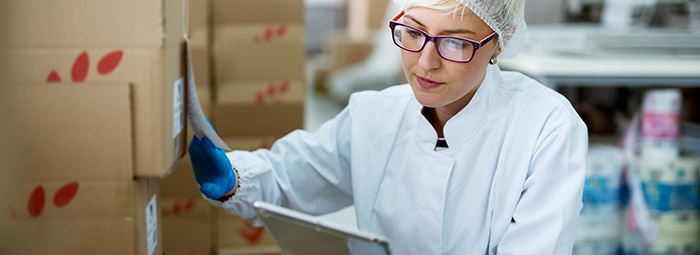Inventory management is a process that requires planning, organization, and training. That is why, inventory consignment for hospitals is a good way to improve the logistics of hospitals, clinics, and pharmacies.
Managing inventories in the health sector
The following are, basically, the main tasks related to managing the inventories at health facilities:
- Find out what and how much to buy
- Decide what will be in stock
- Remove damaged or outdated products from the stock
- Meet the demand for medications and surgical materials
- Oversee the safe use of medications
Meanwhile, some of the challenges arising in the management of hospital materials are an excess of daily stock, a lack of inventory management systems, and strict health regulations. We can face these challenges through analysis, planning, and control, which can even lower the costs of the supply chain up to 15%.
Inventory in consignment
By consigning inventory, the supplier keeps the goods in a warehouse or operations center chosen by the hospital. The supplier owns these goods until the health facility uses them.
The goal of consigning inventories is to improve the performance of the supply chain, which yields great benefits, such as:
- Guaranteeing there is higher availability of products, which naturally increases customer satisfaction
- Increasing the speed for restocking
- Lowering costs by optimizing production and human resources
- Lowering the environmental impact by optimizing transportation and empty space
Consigning inventories is a good option for the health industry because the staff of these institutions lack the time to focus on buying materials and paying for them. Thanks to consignment, health facilities can conserve their working capital and have high-demand goods, especially disposable ones, at hand.
The inventory in consignment process
To begin a consignment, both parties must understand the technologies they use for supply and master data communication – in regard to goods and their origin; transactions – in regard to purchase orders and payments; and events – in regard to transfers.
Different factors determine the decision of which goods to consign. On one hand, the fluctuation of demand and the different delivery terms force us to set up minimum stock levels. On the other hand, the cost per unit and storage of goods, as well as the available space, condition the maximum amount of product to order.
There are two alternatives for restocking via consignment:
- When buyers are responsible for managing the inventory in consignment. In this scenario, the buyer places an order with the supplier who sends back a confirmation for the order. When the order is ready for shipment, the suppliers issues a shipping notice.
- When suppliers are responsible for managing the inventory in consignment. In this scenario, the buyer does not need to place an order; instead, the supplier prepares the order based on the inventory status or on ownership transfer reports. In this option, the notice refers to the contract and not to the buyer’s purchase order because none has been issued. However, there may be occasions when the buyer needs extra restocking; whenever this scenario occurs, the buyer does need to place a purchase order. The invoice and the payment are determined by the used goods instead of by the delivered goods; therefore, hospitals are forced to report the status of their inventories to their suppliers on a regular basis.
Technology and consignment
Data synchronization between both parties is a commercial requirement because, by enabling their platform, they can always access the same information on price, partners, deliveries, and so forth. To exchange this information efficiently, we recommend using a Product Information Management system (PIM) in addition to an Enterprise Resource Planning system (ERP).
Instead of predicting the inventory using sales historical records only, accessing the data of the supply chain will let suppliers make more accurate predictions thanks to machine learning, which considers factors such as location, patients, demographics, cycle patterns, medical performance, among others, and gives visibility in real time to avoid shortages.
This predictive information allows institutions to store only the goods they need, which in turn lowers the chance for goods to expire or for shortages to happen.
To implement a consignment process, we need to have a partner with proven experience in inventory management who can face the high demand from patients and who can provide technical support.
Solistica is aware of how important the supply chain is for the health industry, most of all in times like these; therefore, we offer specialized logistics services for hospitals and pharmacies.
*This blog was originally published on June 10 2019 and modified on May 18 2022.







